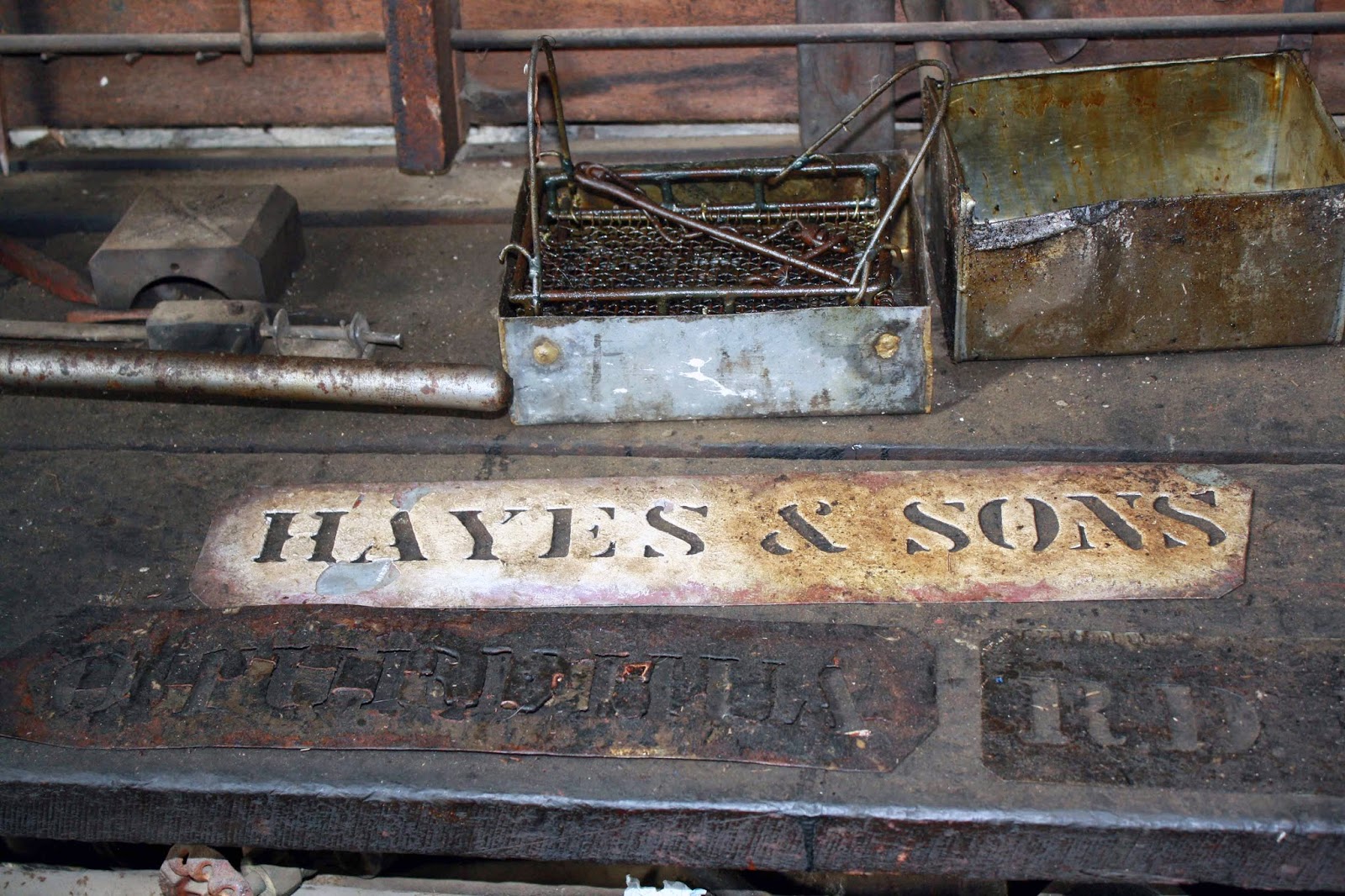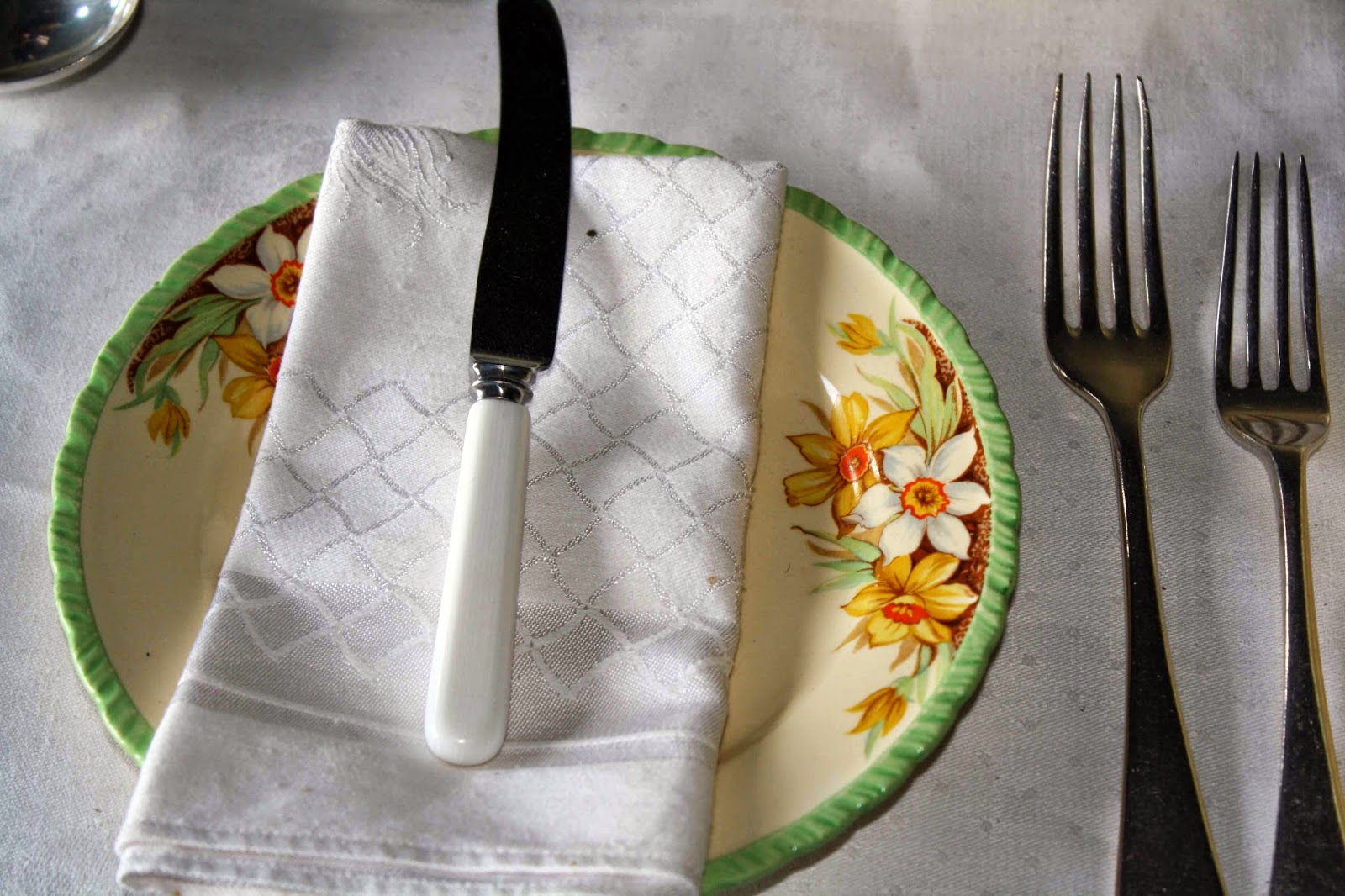Memories of my First
Project
Spending Easter at Aoraki bought back a number of
memories. Firstly, I had completed
numerous tramps in the area as a Scout. Secondly,
Julie and I used to come here for Sunday lunch at the Hermitage during our
first year of our marriage. It was only
a short drive from Twizel, where we worked on the Upper Waitaki Power Project.
Lastly, it was the location of my first project for Opus (previously the Ministry
of Works and Development).
My first project was to prepare a set of drawings for the
Hermitage water supply scheme. I started
this project on my first day in the Christchurch office, being the first Monday
in June 1975 after attending the company’s Draughting Training School for six
months in Wellington.
Memories of my First
Work Challenge
As I was placing my first piece of drawing paper on my first
drawing board, a draughtsman in his late 50s interrupted me. After abruptly introducing himself as Denis,
he challenged me to a simple speed test.
The test was to see who could solve a series of arithmetic tasks the
quickest.
He would use his battered old slide rule, which was nearly
twice as long as any other slide rule I had seen. Developed in the 17th century by Reverend
William Oughtred, the slide rule contains at least two rulers, each with a
logarithmic scale. While the slide rule was
used primarily for multiplication and division, it could also be used for square
roots and trigonometry. Engineers used slide
rules before the invention of the electronic calculator in the 1960s, although the
pocket calculator only became available in the 1970s.
I would use my brand new HP-21 electronic calculator which
was launched in 1975 and cost me NZ$250 - about five times the cost of
conventional calculators at that time. Updating the earlier HP-35 model, these
calculators were the first pocket calculators that incorporated scientific functions
that could replace the slide rule. They were also the only pocket
calculators that could perform trigonometry calculations to the same accuracy as
seven figure log tables: critical for an Engineer undertaking highway design.
Unlike other calculators of the day, it incorporated the
sophistication of reverse Polish notation.
For
those readers who do not know what reverse Polish notation is, it is one of
those frustrating calculators that you may have tried to use that does not have
a ‘=’ sign. But for those, like me, who
have owned and used such a calculator, there is nothing better.
I can’t remember whether it was the trusty slide rule or the
sophisticated calculator that was the quickest; but that’s how I met Denis.
Memories of my First
Work Colleague
Denis and his boss had a falling out a few years earlier. No one in the office could recall what it had
been about, but as a result, his boss refused to give him any new projects. As a consequence, Denis would spend his days
just looking out the window or reworking calculations and drawings for a major
subdivision he had completed ten years earlier for the Chatham Islands. Just why this subdivision was never built
will remain a mystery, but it must hold the record for the most redesigned
piece of infrastructure in NZ History.
Memories of First
Office Entertainment
Denis become a regular source of entertainment for the 30 of
us in the office. One particular repertoire he performed was to slowly walk to
the end of the office while pretending to throw a ball into the air, and catch
it, all with one hand. When Denis
started this routine, we all watched him; our pencils poised in mid-air anticipating
the experience to come. When Denis got to the end of the room, he would run
along the office and pretend to be bowling the ball as if he was a famous All
White bowler in the final moments of an a test match. He would then slowly walk back to his desk, throwing
and catching the same non-existent ball as he walked. No eye contact was ever made
during this routine. And Denis would return
to his window gazing, and rework his drawings as though nothing had happened.
Denis would also quietly stroll over to his boss’s office
when he wasn’t there and completed ten chin ups on the
door jam. Again we would all pause from
our work; counting the chin ups, pretending we had not been counting as he quietly
returned to his desk.
The Sabbatical
Our sabbatical is a time of firsts: new information, fresh
experiences and rekindled memories.


































































